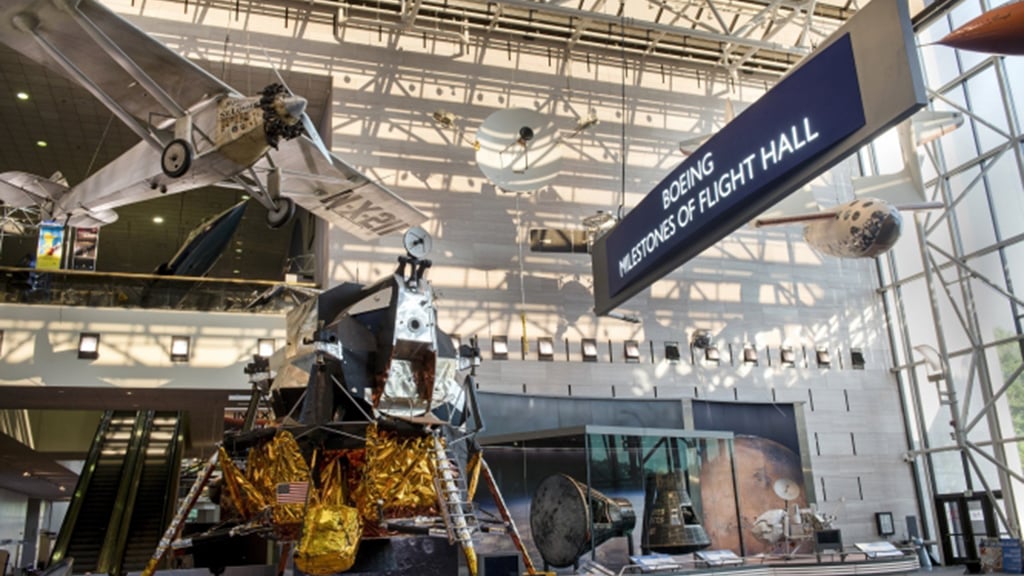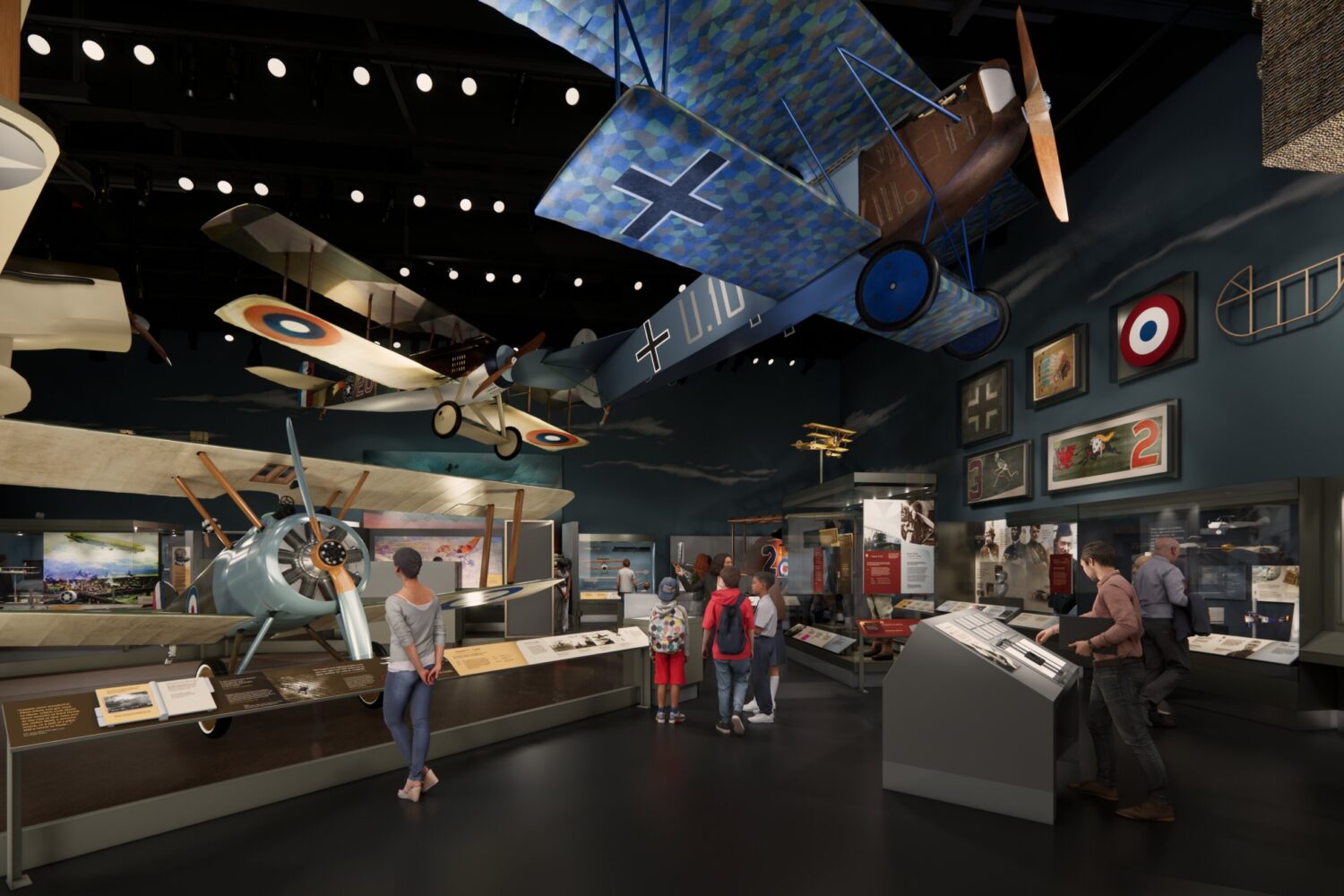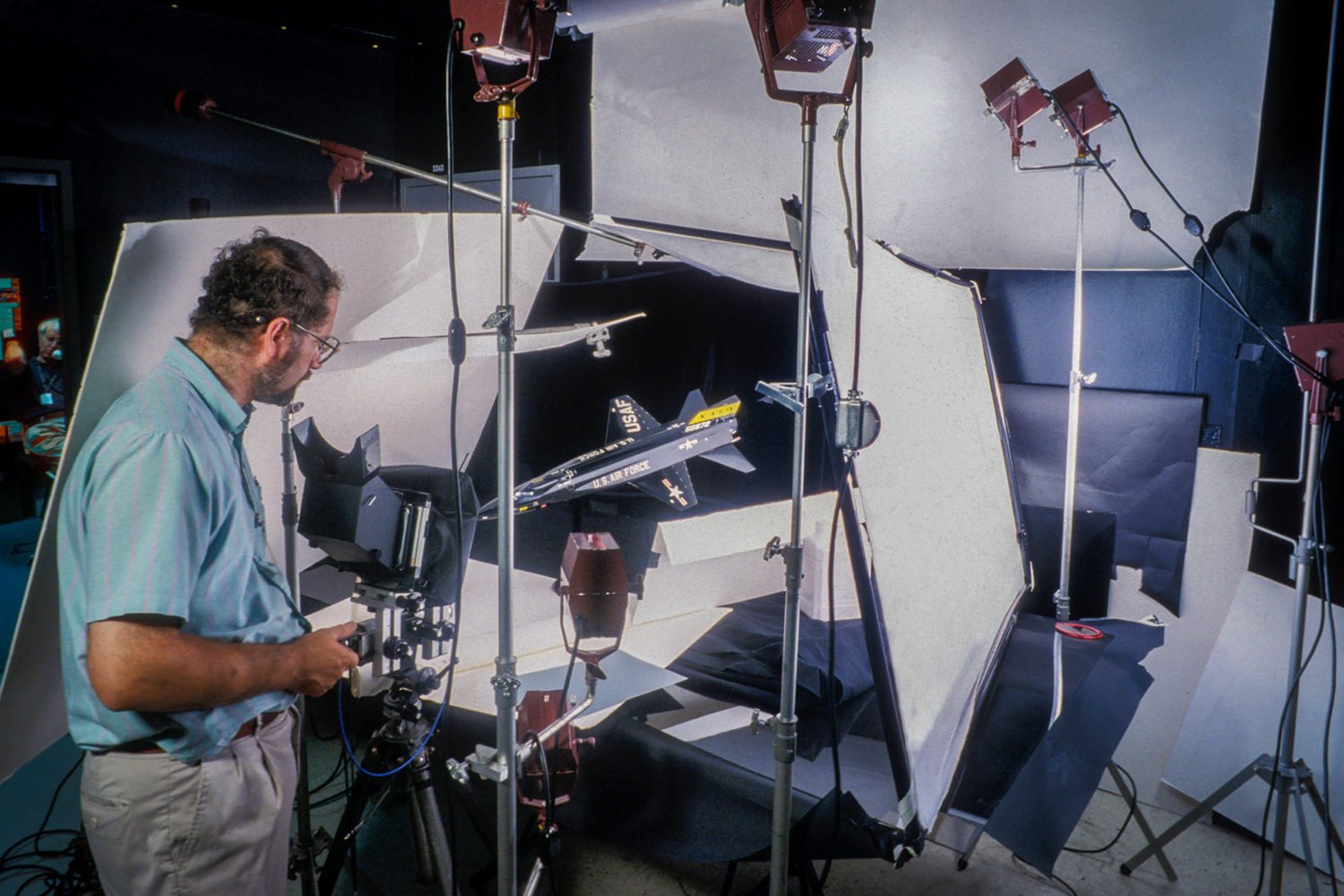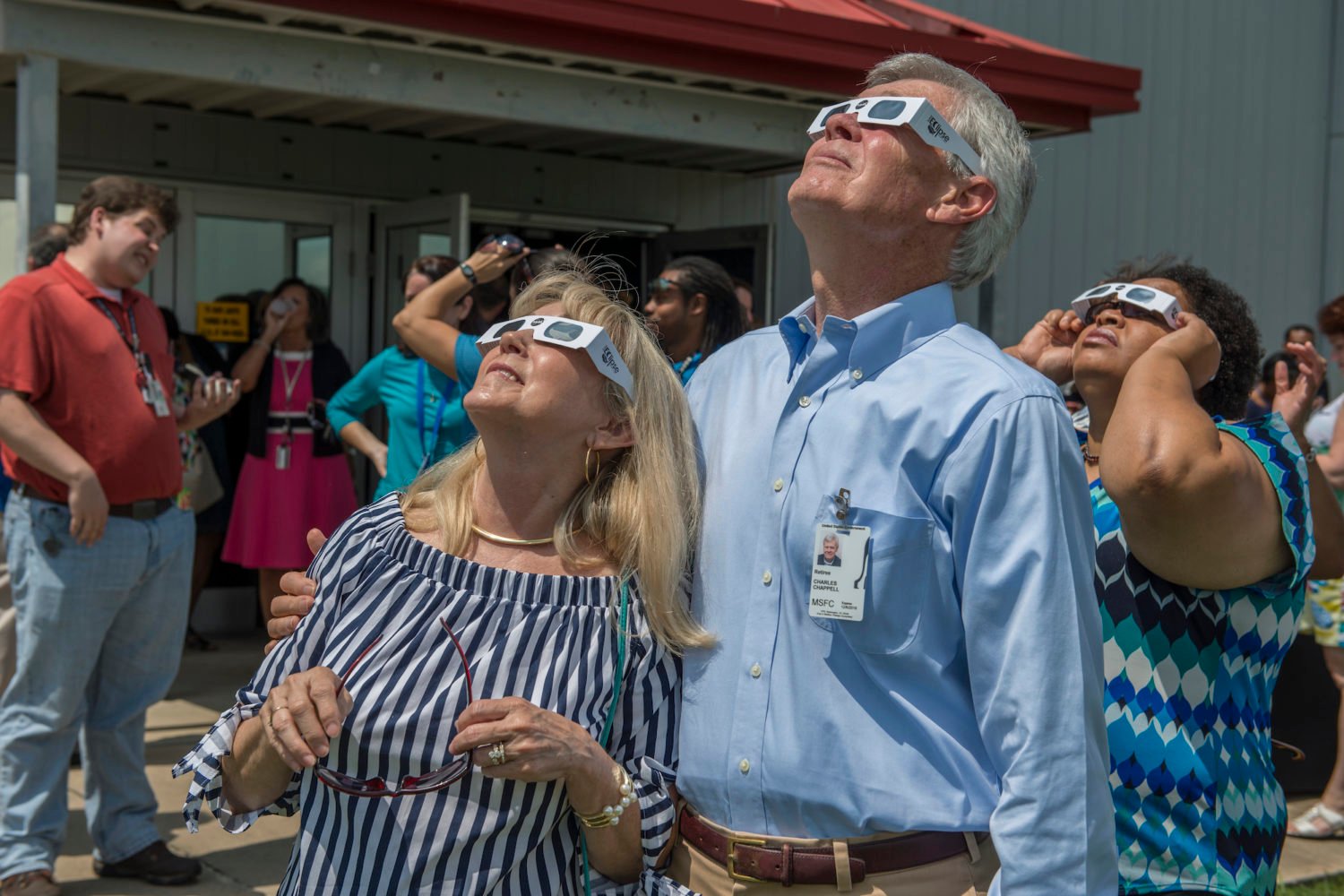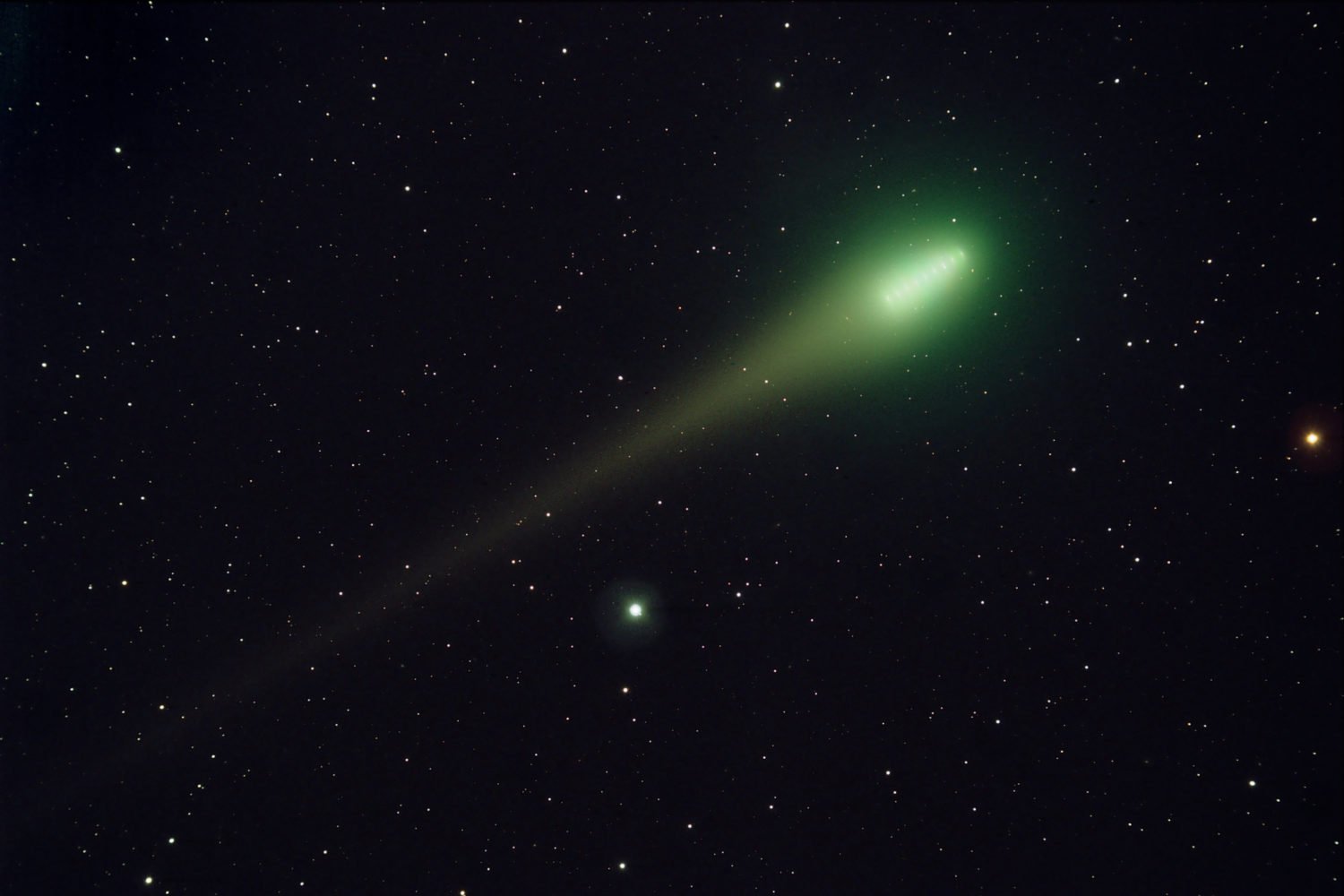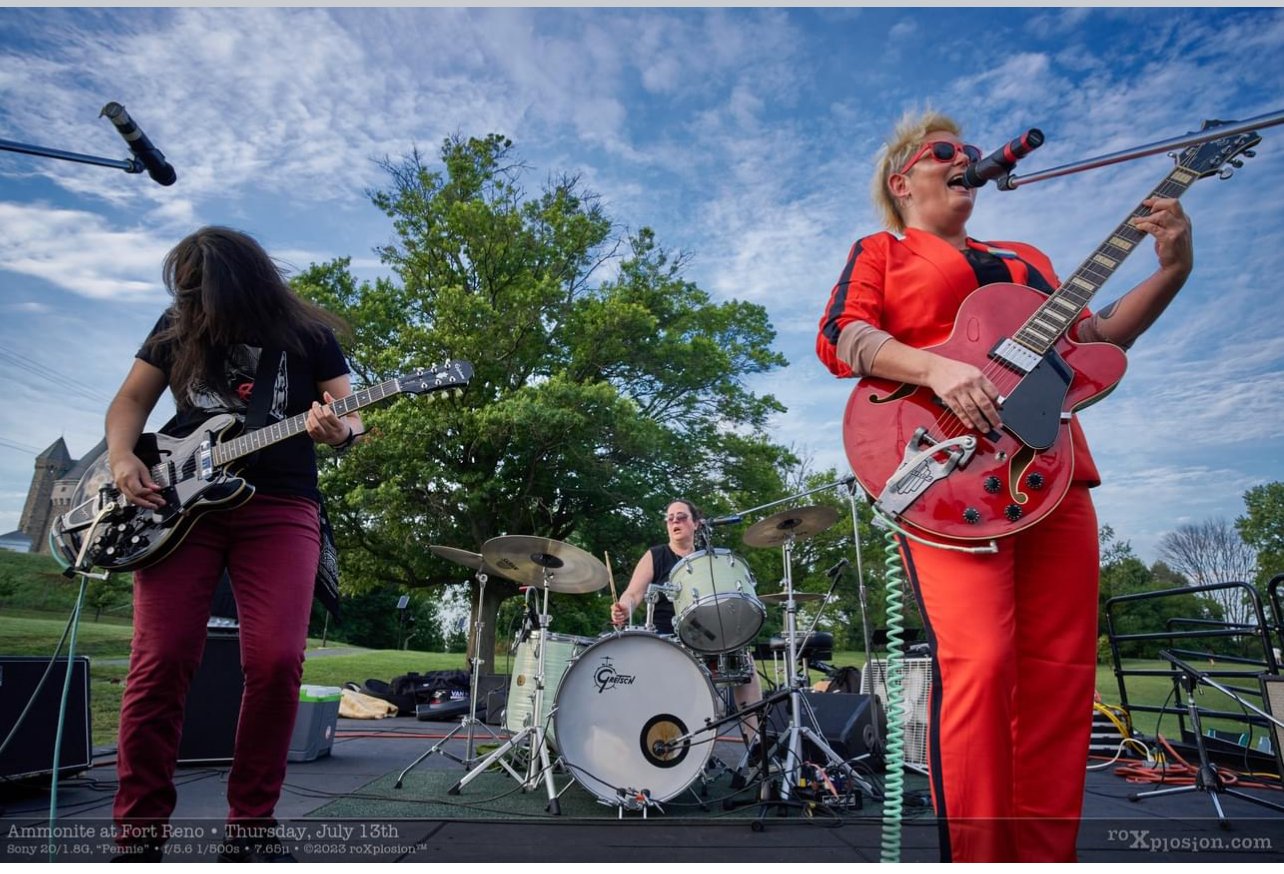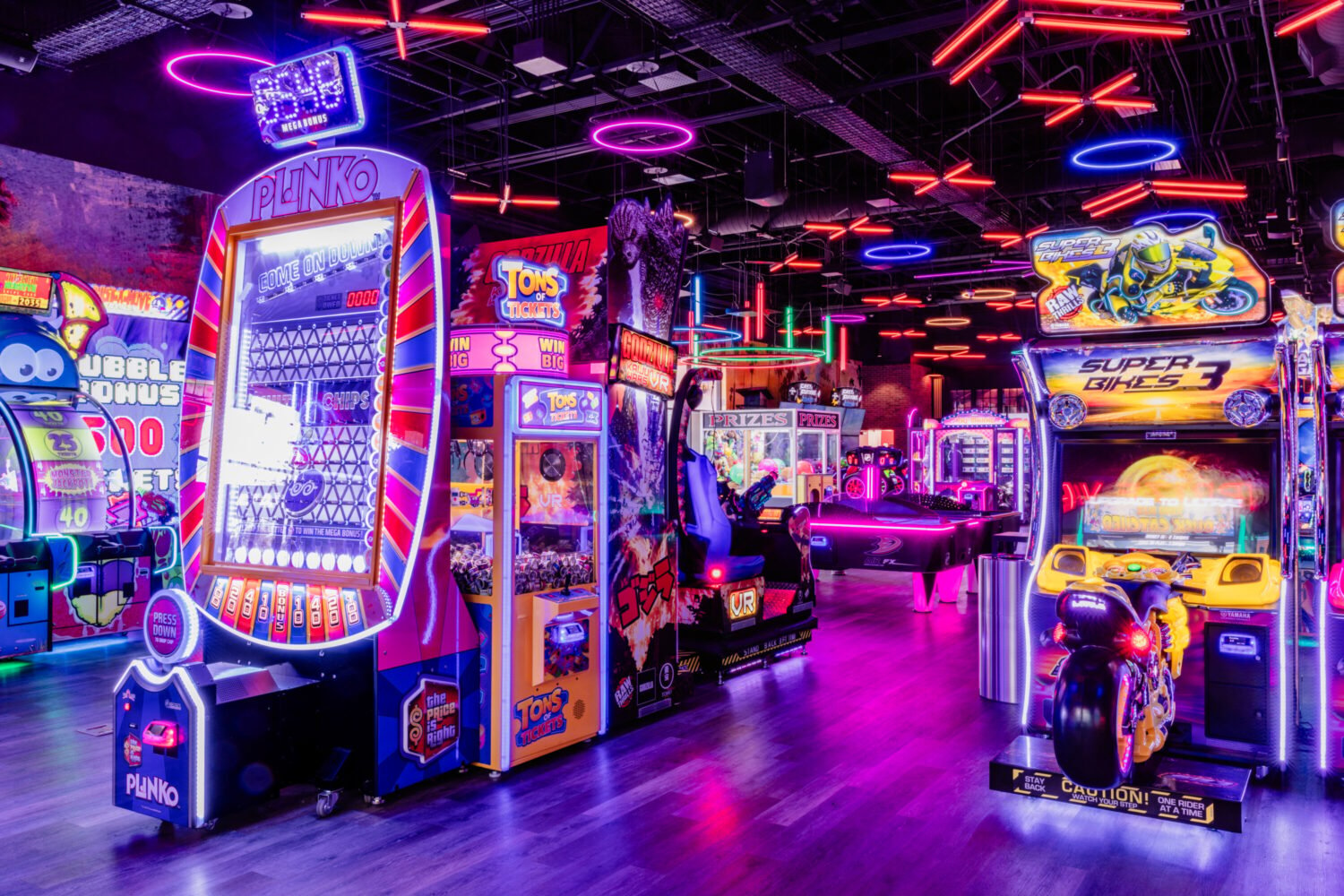Air and Space has been one of the world’s most popular museums since it opened in 1976, drawing nearly 8.5 million visitors last year. But for much of its history, the main hall has essentially stayed the same, with familiar exhibits and aircraft hanging overhead.
That’s finally changing for the museum’s 40th anniversary. On July 1, you can get a first look at the renovated Boeing Milestones of Flight Hall—with new artifacts, exhibits, and digital upgrades—while exploring the rest of the museum and enjoying special events and performances until 10 the next morning.
We asked curator Margaret Weitekamp to tell us about the renovation and what visitors can expect during the nighttime celebration.
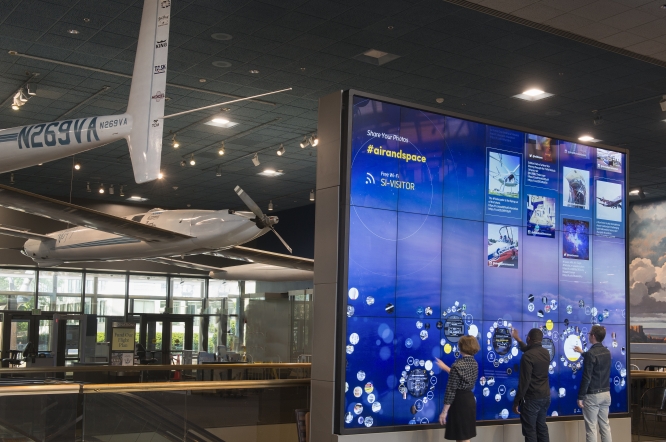
New artifacts: Gone are familiar objects such as Breitling Orbiter 3 and the Stardust capsule. In their place are attractions including the Apollo Lunar Module 2, whose twin deposited Neil Armstrong and Buzz Aldrin on the moon in 1969 (and remained up there). Also new to the main hall: a massive wind-tunnel fan used by NASA’s progenitor to test airplanes during World War II, an exhibit on the 18th-and-19th-century ballooning craze (known as “balloonamania,” says Weitekamp), and the 11-foot studio model of Star Trek’s starship Enterprise.
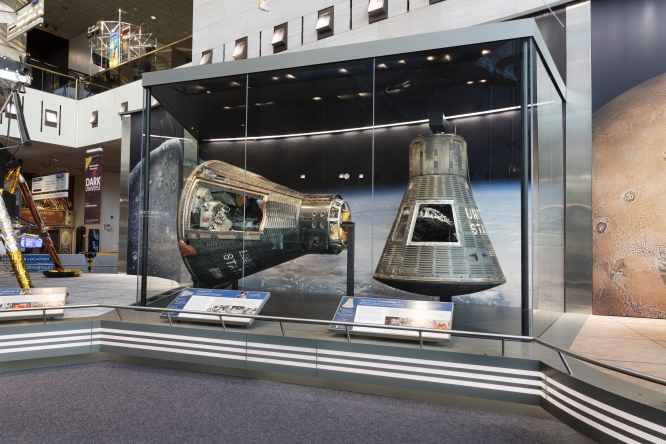
A new way of explaining the exhibits: The placards accompanying any museum object are usually pretty bland. So Air and Space is changing its approach, looking at each object in the context of two of five areas—Science and Technology; Politics and Power; People; Business and Economics; and Culture. For instance, the Pershing II missile exhibit talks about the Cold War arms race that spawned it as well as the people who later negotiated to ban the weapon.
A new mobile experience: On July 1, Air and Space launches an app allowing visitors to dig deeper into specific artifacts and stories as well as guiding them around the building to personalized points of interest. Says Weitekamp: “What we’re looking at is integrating the way that visitors are already using their devices in the gallery, and trying to enhance that.”
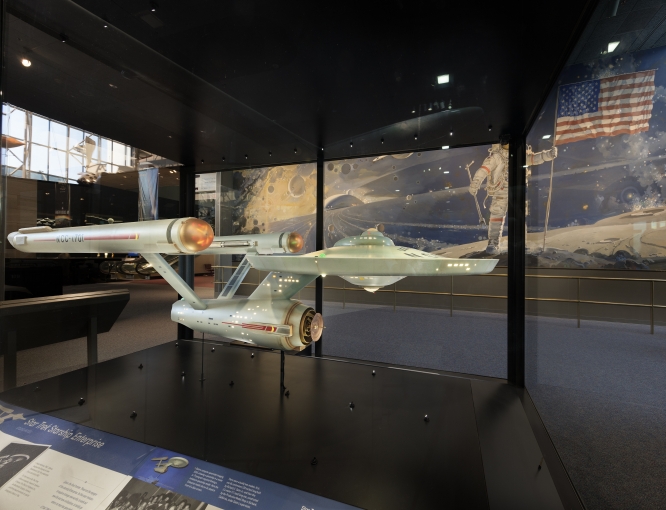
A new floor plan: When the main hall opened four decades ago, designers never imagined the crowds the museum would eventually see—and the layout reflected that. “In some ways, it reminded me of a pinball machine,” Weitekamp says. Accordingly, the museum has moved exhibits formerly planted in the middle of the hall to the sides for a better flow. It has also added a media wall to the main hall and shifted video and sound installations to the app in order to minimize ambient noise.
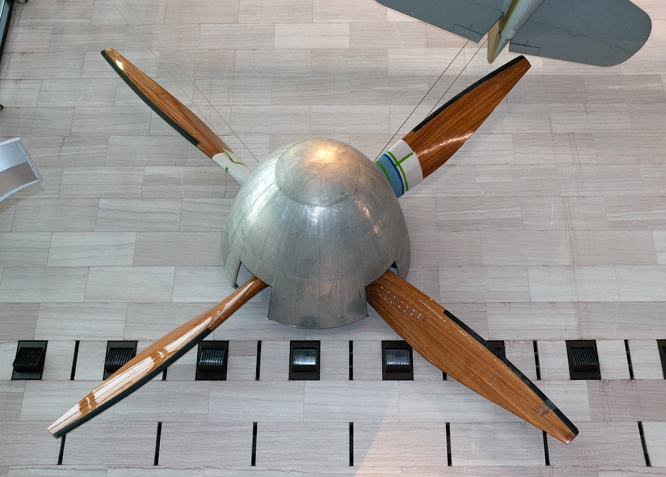
An all-night party to celebrate it: It’s Night at the Museum for real (let’s hope the Junkers Jumo turbojet engine doesn’t come to life) as Air and Space stays open through the night with tours of the redone hall, music by the United States Air Force Band, and a film festival, among other things. Launch Crew, a 21-and-over reception featuring panels with special guests, is $40; events from 10 pm to 10 am are free.
This article appears in our July 2016 issue of Washingtonian.

